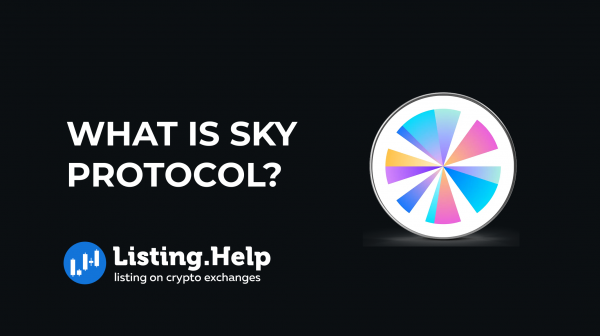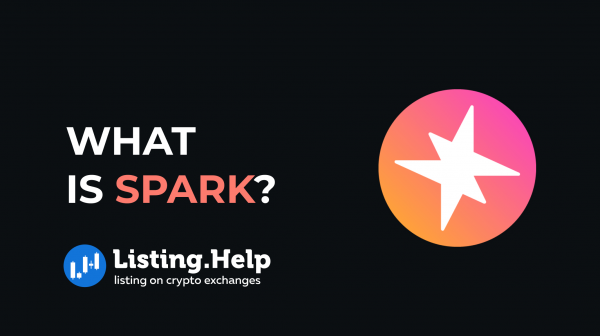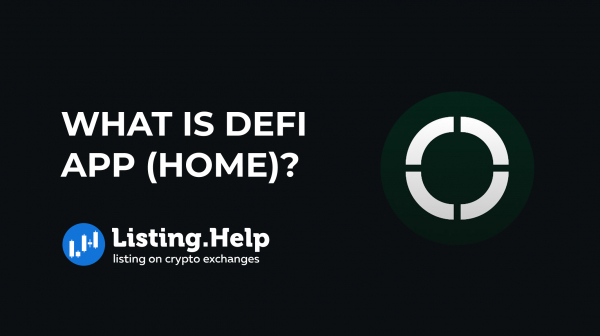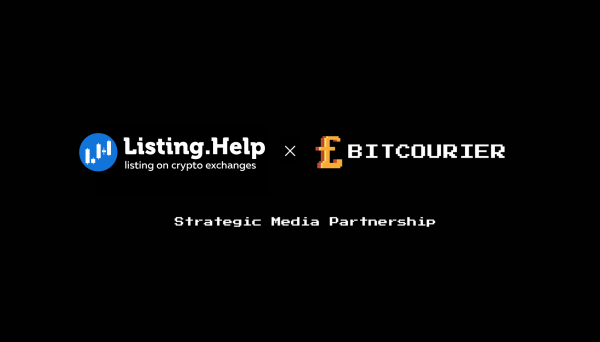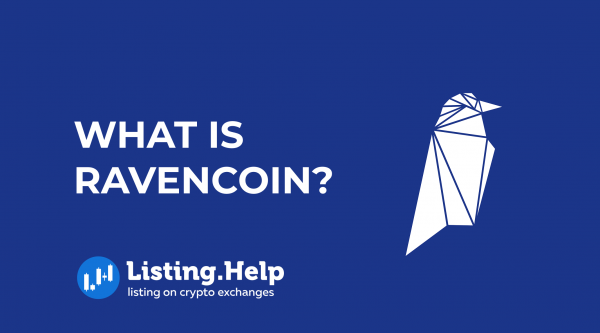What Are Runes on Bitcoin?
 April 23, 2024
April 23, 2024 Updated: January 27 2025, 06:55
Updated: January 27 2025, 06:55
LEAVE A REQUEST
Launching your own token project? Our experts are ready to help with listing on exchanges, market making, marketing and other solutions
SUBMIT APPLICATIONBitcoin has seen significant developments over the past couple of years, with new protocols enabling both fungible and non-fungible tokens on the network. These innovations have driven token market caps beyond $2 billion and brought in millions of dollars in revenue for Bitcoin miners. The recent launch of Runes, a new standard for creating tokens on Bitcoin, is expected to impact the ecosystem even more, introducing additional options like meme coins.
Runes debuted just after the fourth Bitcoin halving on April 20, 2024. The most valuable Rune currently is RSIC (RSIC•GENESIS•RUNE), with a market cap of over $325 million, according to data from OKX. This launch also caused a spike in Bitcoin transaction fees, with the average fee reaching over $127 on the launch day.
Bitcoin Runes, explained
The man behind Runes is Casey Rodarmor, who previously developed the Ordinals protocol for inscribing data onto the Bitcoin blockchain. Unlike existing BRC-20 and SRC-20 token standards that are built on Ordinals theory and can clog the network, Runes takes a different approach. It uses simpler methods that aim to reduce network spam and avoid reliance on off-chain data.
Rodarmor introduced the Runes protocol in September 2023 and has been refining it ever since. The protocol is set to go live on Block 840,000, just after the April 2024 halving. While this timing is incidental, it does add to the buzz surrounding the fourth Bitcoin halving. According to Rodarmor, the strength of Runes lies in its simplicity and architecture, which are designed to facilitate the creation of fungible tokens on the Bitcoin network.
Bitcoin Runes are data sets that allow users to create and transfer assets on the Bitcoin blockchain. Like BRC-20 and SRC-20 tokens, Runes run on the Bitcoin network, but they are designed to be more straightforward and efficient, using existing features like the UTXO model and the OP_RETURN opcode. Unlike some other protocols, Runes does not rely on native tokens for operations or require off-chain data, providing a cleaner and healthier way to create fungible tokens on Bitcoin.
How Bitcoin Runes Work?
The Runes protocol is a new way to create fungible tokens on the Bitcoin blockchain. It builds on Bitcoin’s existing UTXO model and uses the OP_RETURN opcode to simplify token creation. Here’s how it works: A Rune, a digital asset, is linked to a UTXO through a protocol message. This message contains specific information such as the Rune ID, the output index, and the amount, which are stored in the OP_RETURN output.
Unlike some protocols that rely on off-chain data or require special tokens, Runes operates within Bitcoin’s on-chain data framework. This design choice reduces the risk of creating excess UTXOs that could clog the network, leading to slower and more expensive transactions.
Instead of tracking Rune balances through wallet addresses, they are tracked within UTXOs. When Runes are transferred, Bitcoin transactions use OP_RETURN outputs to record the transfer information.
Runes can be created (etched), generated (minted), and transferred using messages known as runestones. These messages are stored in Bitcoin transaction outputs. When you etch a Rune, you define its properties like name, divisibility, and symbol. Minting creates additional tokens based on these etched properties. Transferring Runes requires edicts, which are messages that specify the details of the transfer, such as the output number, the Rune ID, and the amount. Bitcoin Runes vs. BRC-20 and Ordinals: What’s the Difference? Bitcoin Runes is a new protocol designed to create fungible tokens on the Bitcoin blockchain, offering a different approach compared to Bitcoin Ordinals and the BRC-20 token standard.
Bitcoin Ordinals
Introduced on January 20, 2023, by developer Casey Rodarmor, Bitcoin Ordinals allows users to inscribe data directly onto the Bitcoin blockchain. This data can include text, images, videos, and even smart contracts. Ordinals are considered Bitcoin’s version of nonfungible tokens (NFTs), attracting attention from the cryptocurrency community. Some welcomed this innovation, while others were skeptical.
Ordinals became possible thanks to two significant Bitcoin upgrades: Segregated Witness (SegWit) in 2017 and Taproot in 2021. These changes improved Bitcoin’s capability to handle larger amounts of data on its blockchain. The Ordinals protocol provided a new way to add utility to Bitcoin, moving beyond its traditional role as a store of value. This concept allowed for the secure creation, ownership, and transfer of unique digital assets on Bitcoin’s blockchain.
BRC-20 Tokens
Following the success of Ordinals, the BRC-20 token standard emerged in early March 2023, developed by a pseudonymous programmer named Domo. This standard was inspired by Ethereum’s ERC-20, enabling the creation and transfer of fungible tokens directly on Bitcoin through Ordinal inscriptions.
BRC-20 tokens quickly gained traction, reaching a $1 billion market cap within three months. However, this rapid growth came with issues, mainly causing network congestion due to the excessive production of unspent transaction outputs (UTXOs). These UTXOs are the “change” left over after transactions, and their buildup led to slower and more costly transactions on the Bitcoin network.
Bitcoin Runes
Bitcoin Runes was developed to address some of the challenges posed by BRC-20 tokens, particularly the UTXO bloat problem. The Runes protocol focuses on simplifying the process of creating fungible tokens on Bitcoin while minimizing network congestion.
With Runes, each transaction begins by identifying unspent UTXOs and then using them to create new transactions. This method helps manage network congestion, reducing the buildup of unwanted UTXOs and enabling a smoother experience on the Bitcoin network. By focusing on simplicity and efficiency, Bitcoin Runes offers an alternative that addresses some of the limitations seen with BRC-20 tokens and Bitcoin Ordinals.
The Bitcoin Runes Ecosystem
The Bitcoin Runes ecosystem is attracting attention as new projects prepare for launch while existing ones consider expanding into this space once the protocol is live. Some will use the protocol to create assets on the Bitcoin blockchain, while others will offer services and utilities for Runes enthusiasts. Let’s explore the different types of projects that will be part of the Bitcoin Runes ecosystem.
Tokens
Fungible token projects like Rune Pups, Runevo, Runestone, and RSIC plan to use the Runes protocol to etch runes on the Bitcoin network. Many of these projects are currently NFTs earning Runes for their holders in anticipation of the protocol’s launch. Runestone, for instance, plans to airdrop three meme coins to every Runestone holder.
Launchpad
Launchpads will provide platforms for new Rune projects to start off on the right foot. Bitcoin Rune, one such launchpad, is currently in the testnet phase. It will allow projects to create Runes and manage various operations, such as transfers. Bitcoin Rune will also have a marketplace where newly launched and existing Rune projects can trade.
Marketplace
Several marketplaces will support Bitcoin Runes, giving users a space to list and trade these assets. OKX has a marketplace dedicated to Runes, where users can list and buy Runes like RSIC and SATOSHI•NAKAMOTO. Magic Eden, an NFT platform, has also set up a section for Bitcoin Runes, including a pre-rune area for projects that have yet to launch. Whales Market, a pre-market platform, offers a place where users can trade their Token Generation Event (TGE) allocations.
Wallets
Bitcoin Runes require specific wallet applications for asset management, even though they are minted on the Bitcoin blockchain. Wallets like Xverse, which also supports BRC-20 tokens, are designed to manage Bitcoin Runes, providing users with a reliable way to store and manage their assets.
Conclusion
The decentralized finance (DeFi) landscape within Bitcoin is gaining momentum, thanks to key technological advancements. The Taproot upgrade, implemented in 2021, is a significant step forward, allowing for more complex transactions while improving scalability and privacy.
Segregated Witness (SegWit) was another critical improvement, boosting transaction capacity and lowering fees by making better use of block space. The introduction of Ordinals brought new possibilities, enabling the inscription of digital artifacts, which are similar to NFTs, directly onto the Bitcoin blockchain.
Recently, the Bitcoin Runes protocol has made it possible to create fungible tokens on the Bitcoin network. While promising, Runes is still in its early stages, indicating that further development and changes are likely. Given this, staying informed about Runes’ evolution is crucial, especially for those considering investing in this new technology.

For more insights into blockchain and cryptocurrency landscape, visit our blog at https://listing.help/blog






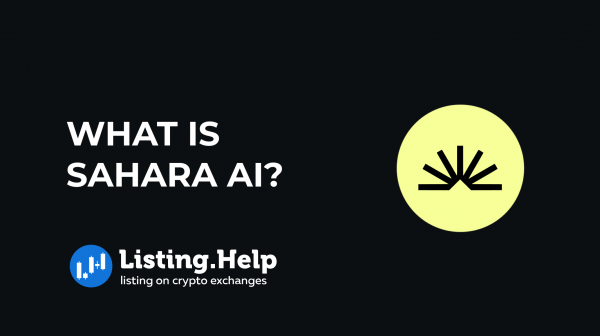
 July 2, 2025
July 2, 2025 